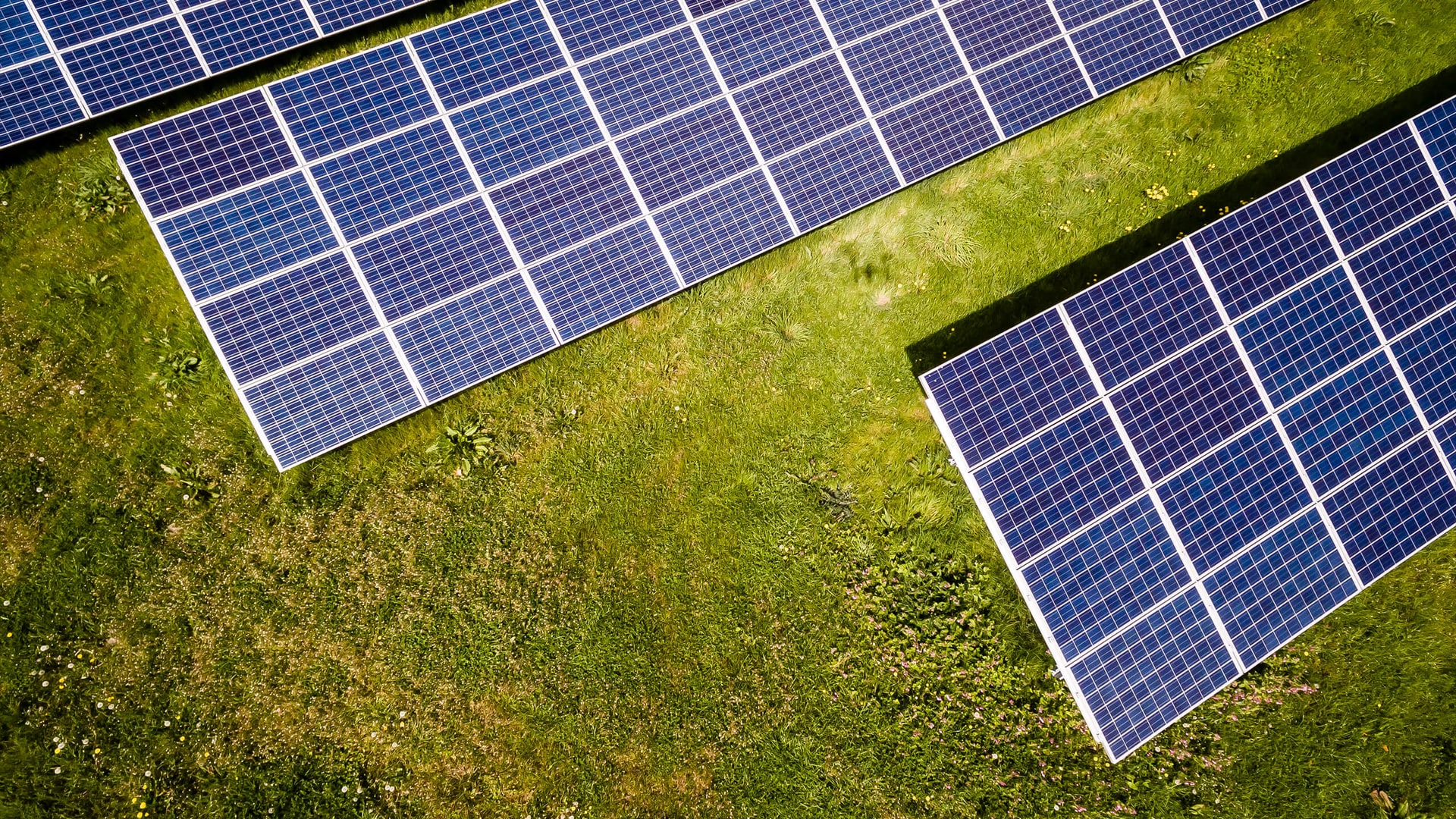Improve Energy Efficiency with a solar controller

A solar controller – also known as a solar charge controller – is vital to ensuring solar panels and the battery interacts correctly. It is also an important device for its ability to improve energy efficiency. So let’s look now at all you need to know about solar controllers.
Table of Contents
What A Solar Controller Does
A solar controller assists in regulating the flow of the current between the solar panels and the battery. From a technical perspective, not every installation may require a solar controller. Usually, it is the case an installation will. The metric for whether a solar controller will be necessary often comes down to wattage. For any solar installation of 5 watts or greater, there can be the expectation a solar controller will be required.
The Safety Factor
Because a solar controller assists in regulating the current flow between the solar panels and battery. It avoids the dangers of overcharging. It is particularly important because of the particular nature of solar energy generation. There is a potential oversupply of power available each day via sunshine. Which means an overload could easily occur in the absence of a device being present that regulated the current.
The Differences Between the Two Main Types of Solar Controllers
There are two main types of solar controllers currently in existence: A Maximum Power Point Tracking (MPP) solar controller and a Pulse Width Modulation (PWM) solar controller. Each one has its advantages and drawbacks. Yet, just as one may be preferable for an installation over the other depending upon several factors. It’s important to understand the differences between them regardless of which one is ultimately selects from one installation to the next.
With an MPP, it’s possible for energy transfer from the solar panel to the battery to occur at a rate as high as 97%. A decent rate can still be recorded with a PWM, but it’s held this type of solar controller will work at approximately 70% efficiency in its task.
For a small installation – or one in an area of low annual sunshine – a PWM could be best. But if a solar controller will use in a larger installation or one with high annual sunshine – an MPP can be the ideal selection.
Improving Energy Efficiency with a Solar Controller
Because a solar controller helps regulate the current flow, it helps ensure a full charge of the battery occurs while also guarding against overcharging. Not only does this help ensure more efficiency each day, but it also protects against damage to components of system. It helps extend the system’s efficiency accordingly over the lifespan of its use by reducing wear and tear.
Seeking a Solar Solution
Solar installations have been very popular across Australia, and it’s easy to understand why. Not only is Australia ideally-place to reap the benefits of solar energy, given it’s a nation with a high level of sunshine. But there’s a keen interest among Australians in adopting new energy solutions that are powerful and sustainable. Here a solar system can be so fantastic, and why a solar controller can serve as a key element. It maximizing one’s efficiency in the day by day use.
Also Read: Best Anime Sites like Anime Freak




